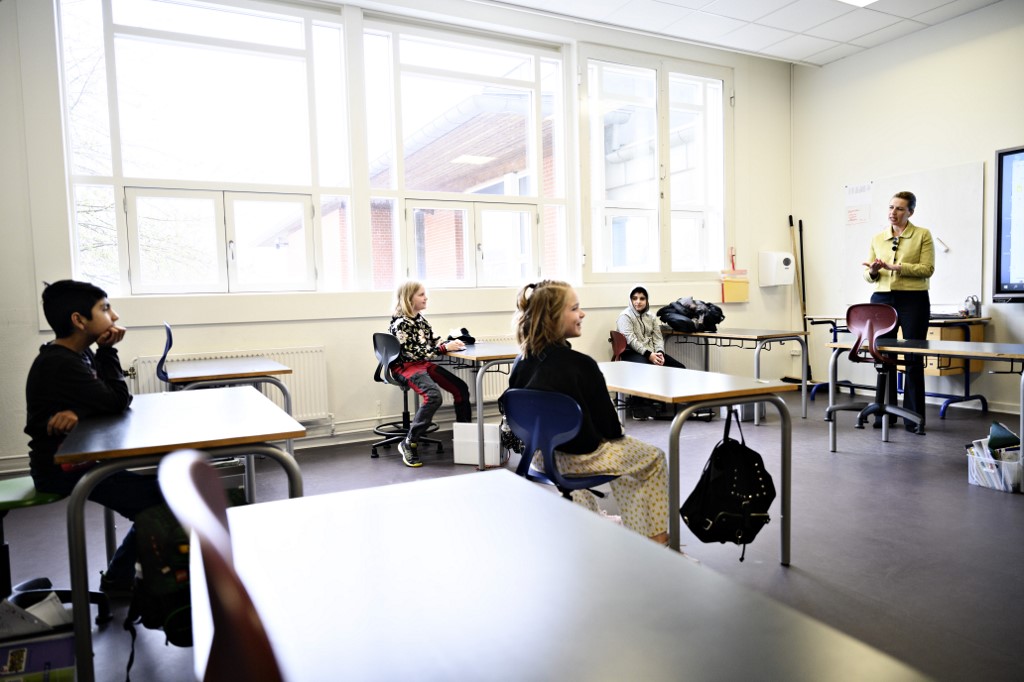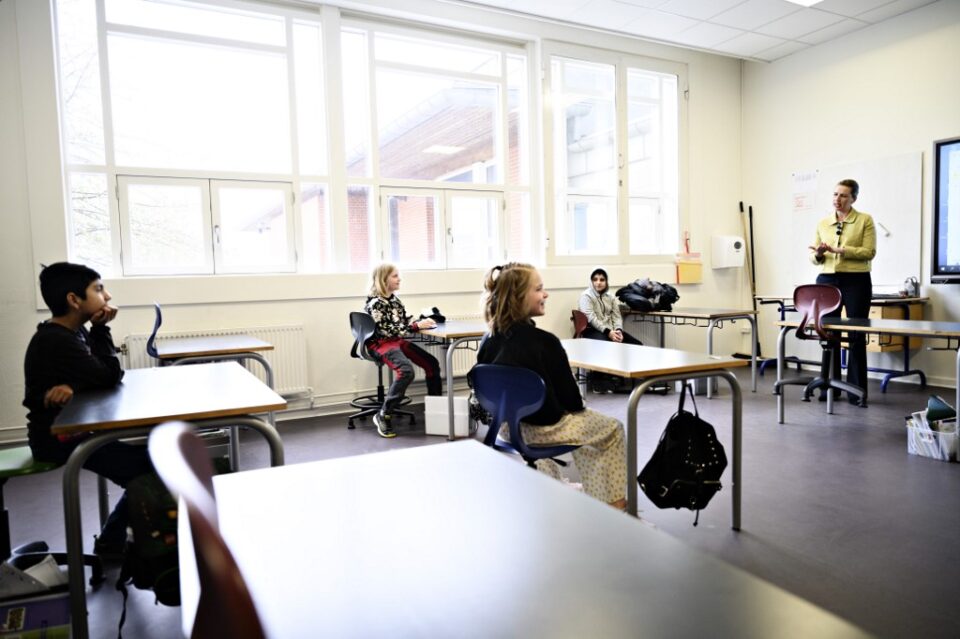
Denmark was the first country in Europe to reopen day care and primary schools after the strict coronavirus lockdown. Emma Firth takes a look at how Denmark did it and what lessons there are for other countries.
‘Tak for i dag’, says the nursery teacher (pædagog) as I collect my two and four year old daughters from day care. This is a well-used phrase in Denmark to say thanks for the day and you’ll often hear it echoing around schools and nurseries, as parents pick up their children. But it’s quieter now.
I stand at the side door of the kindergarten (børnehave) and wait for my daughter to be brought out to me. I can’t step inside the building. Another parent waits behind me, at a marked distance.
Collecting my two year-old is slightly different, as parents can go inside the nursery (vuggestue), but not inside the room the children play in. At kindergarten, my four year-old can’t hug or hold hands with her friends but adults can comfort them with cuddles whenever needed.
With our hands thoroughly washed, I put both girls in the cargo bike and cycle home. As the spring sun shines down on Copenhagen, I cycle past bustling cafes and shops; bike traffic is the same as usual; mask sightings are rare. Life almost feels back to normal. Except it’s not.
As soon as we arrive home, I change my daughters out of their clothes. We wash our hands, again. It’s a familiar routine for many parents across Denmark, since the reopening of schools and day care institutions six weeks ago. And it’s a routine that’s being watched across the world.



